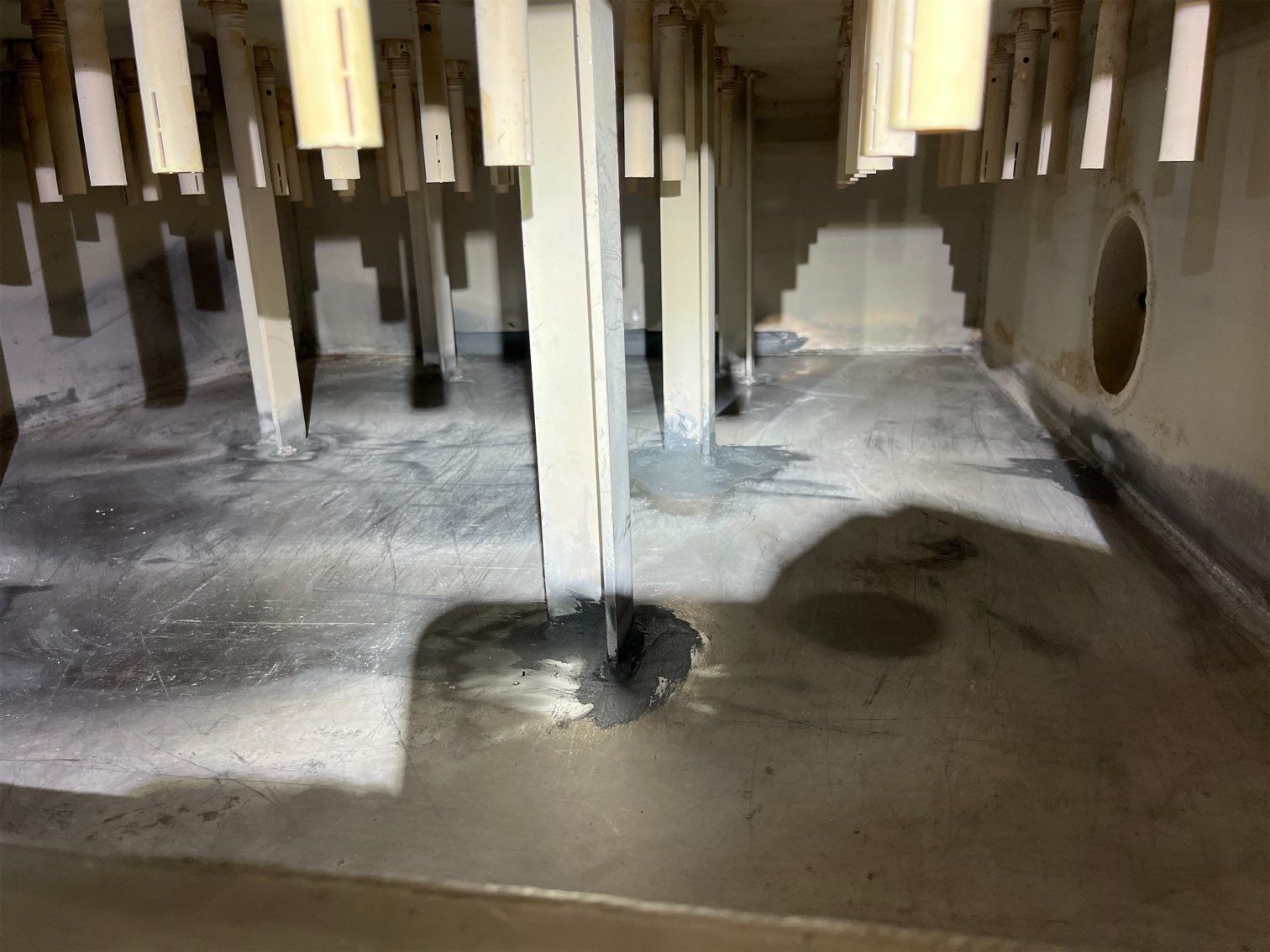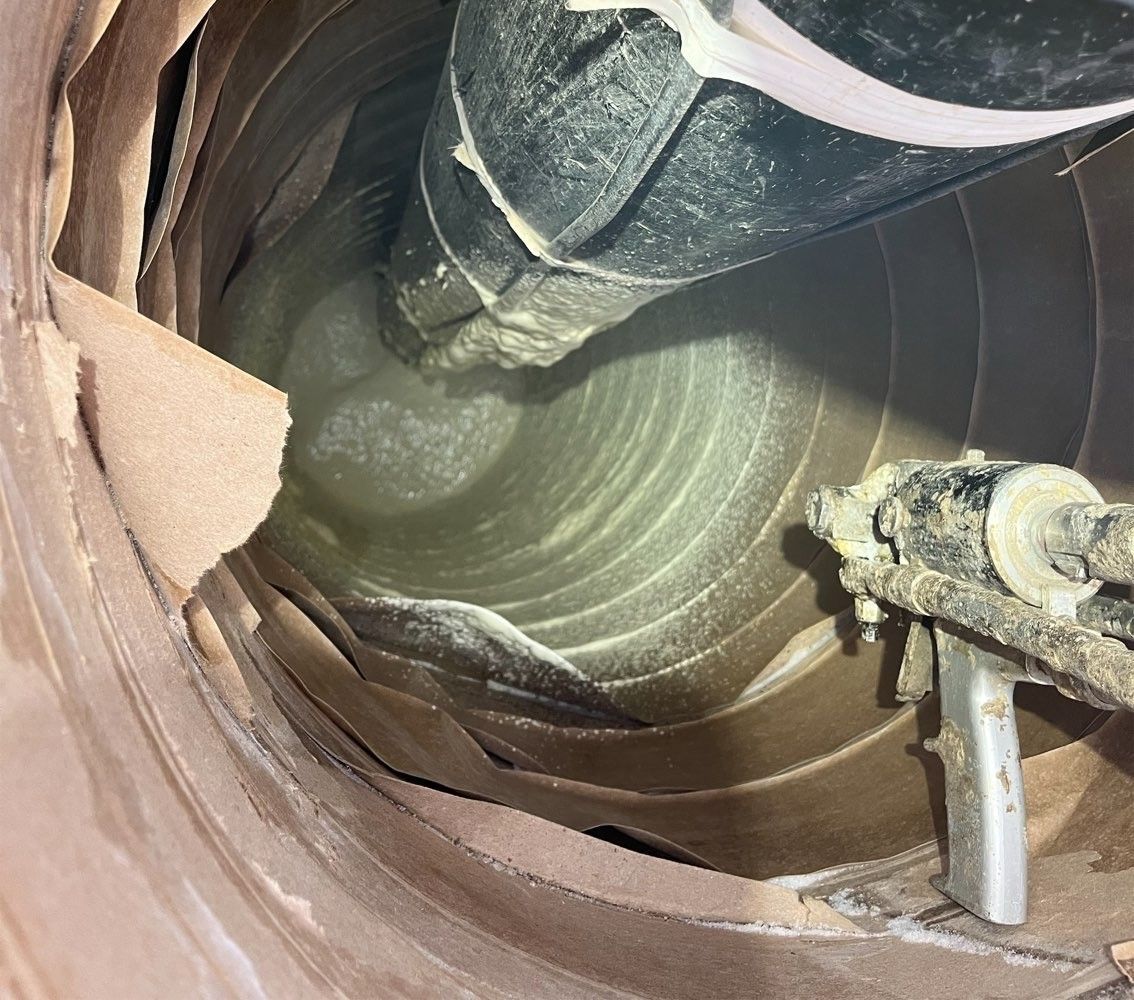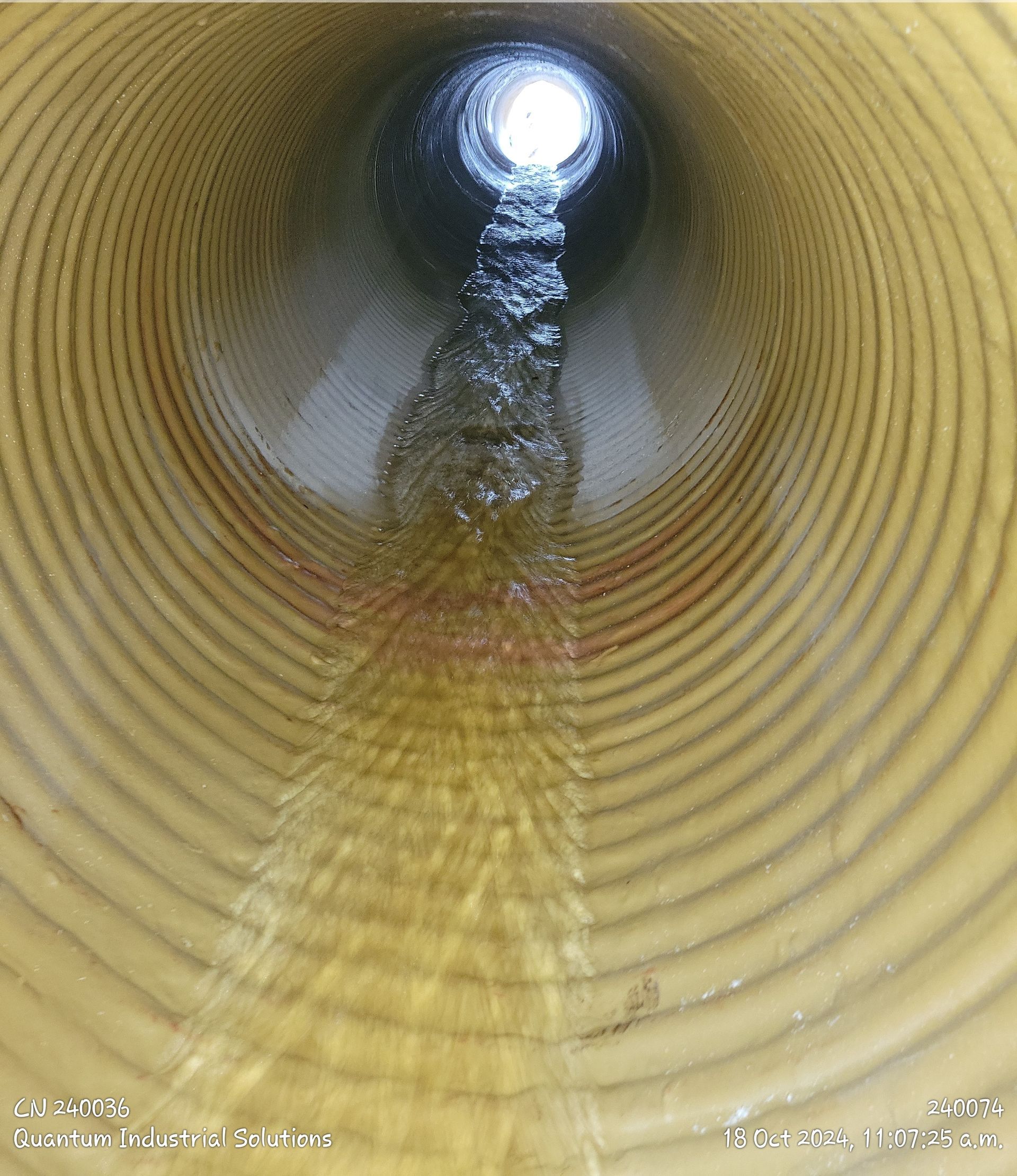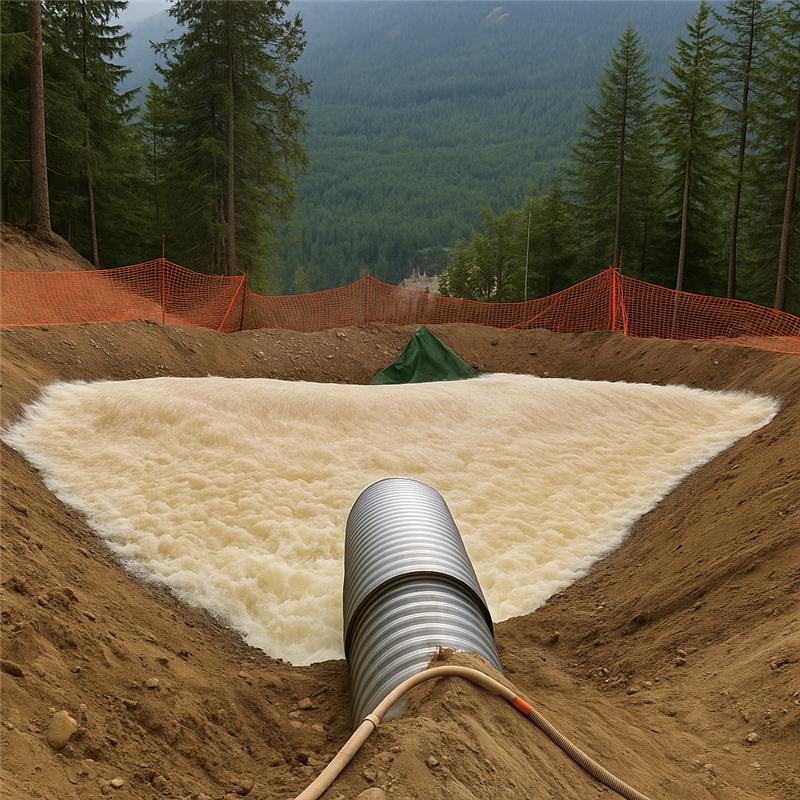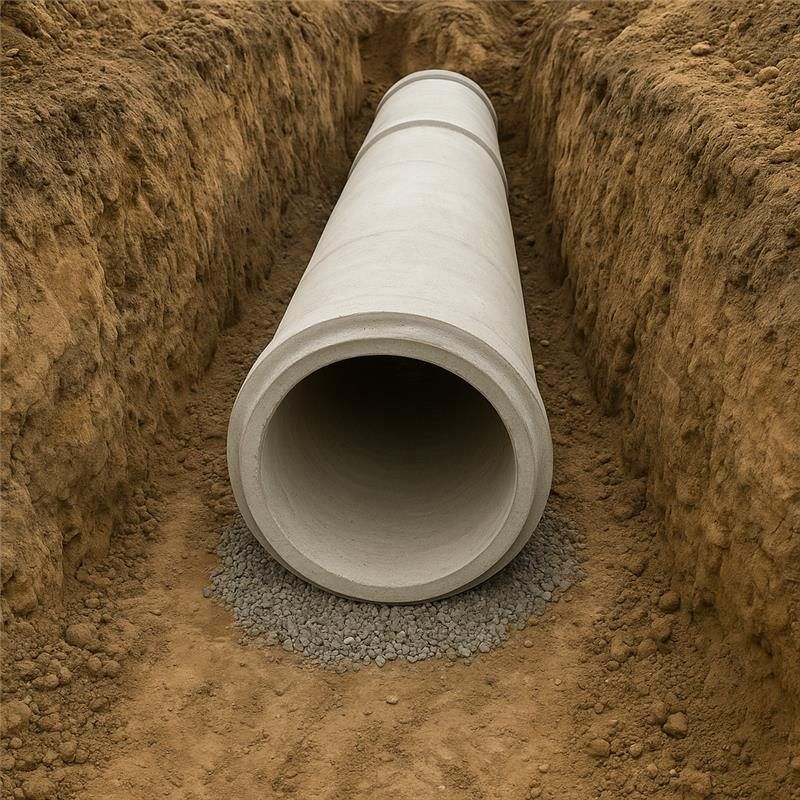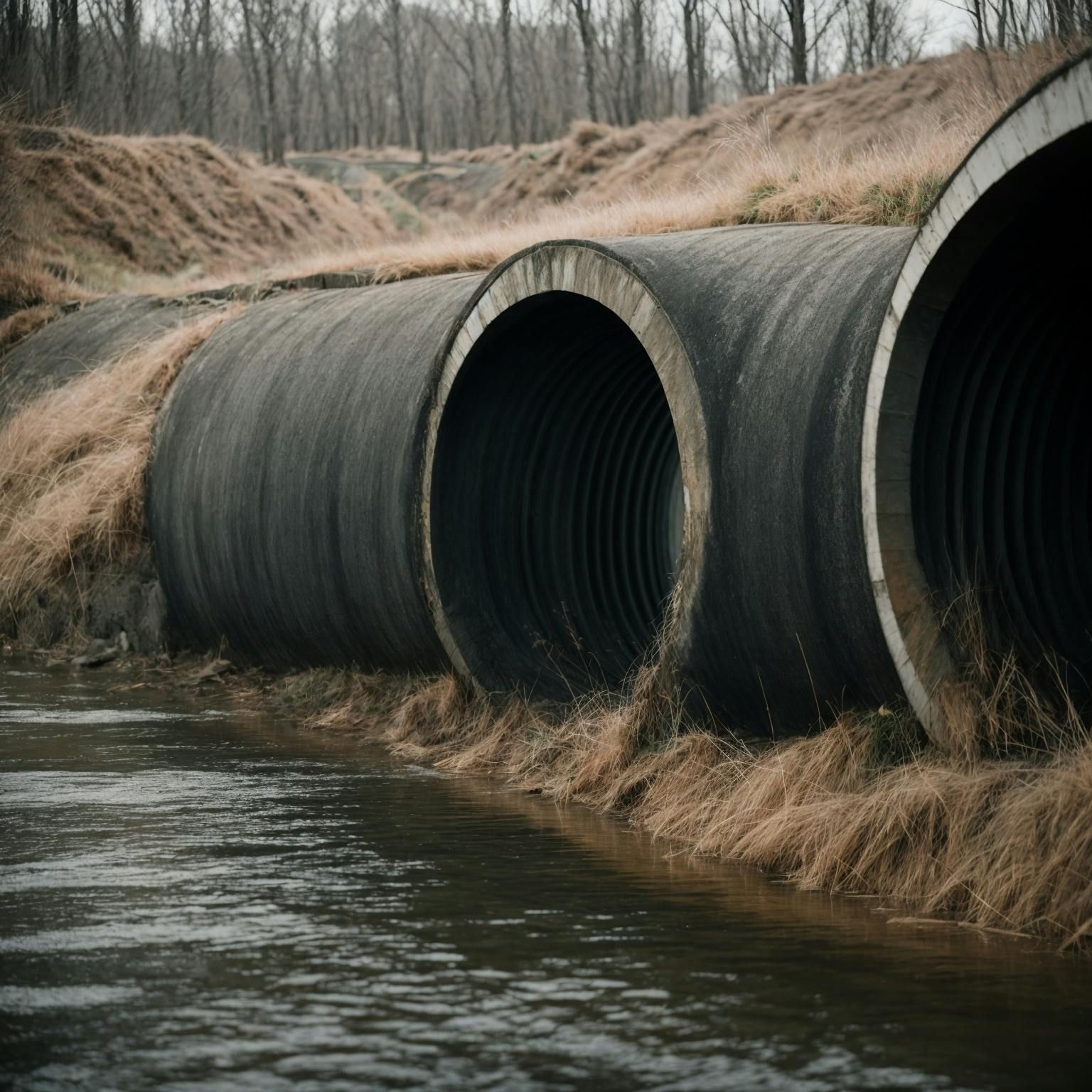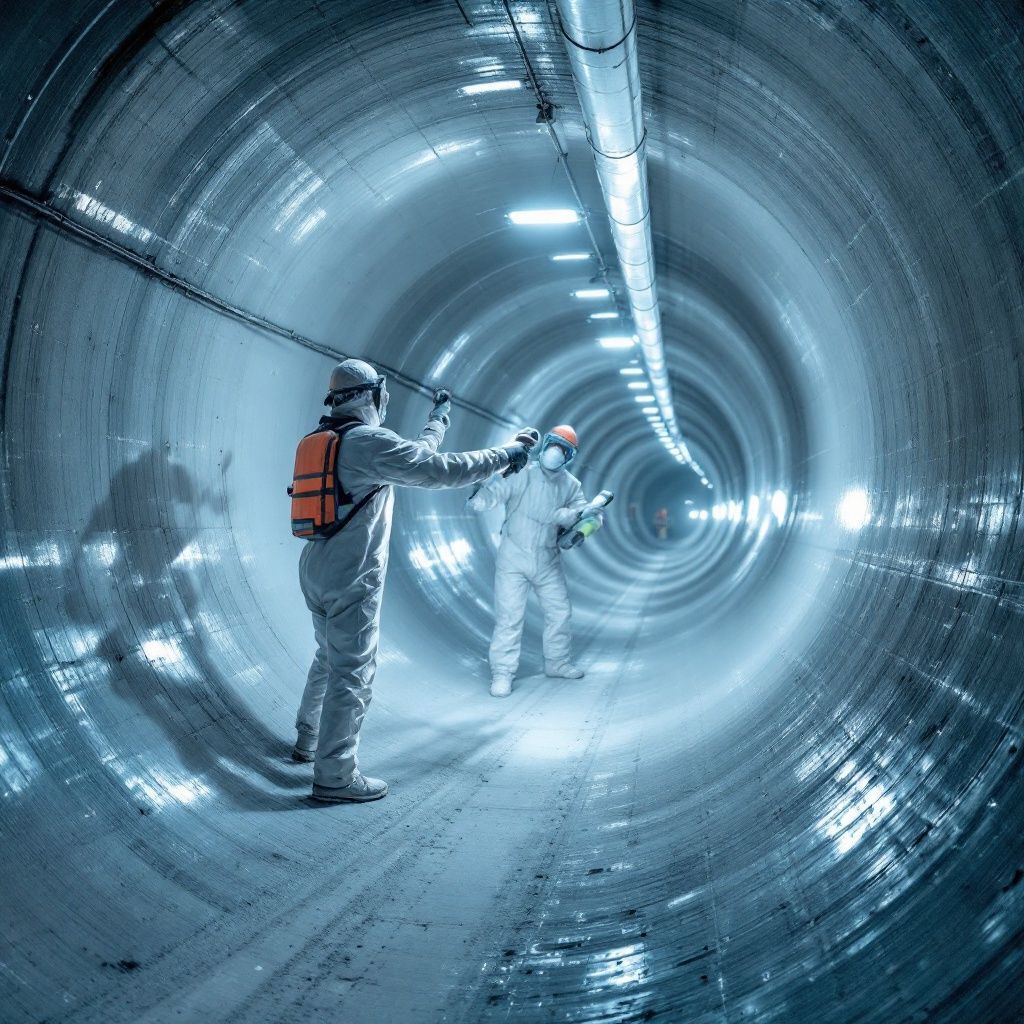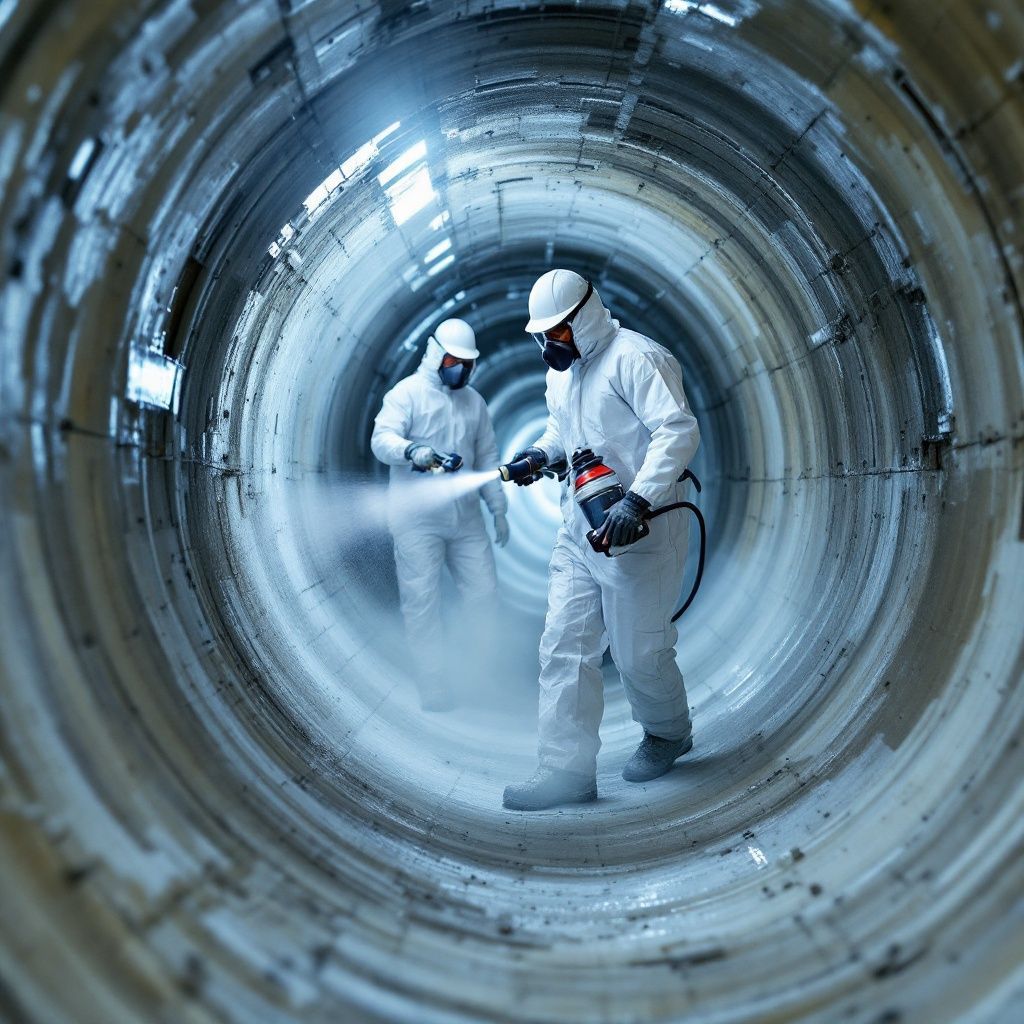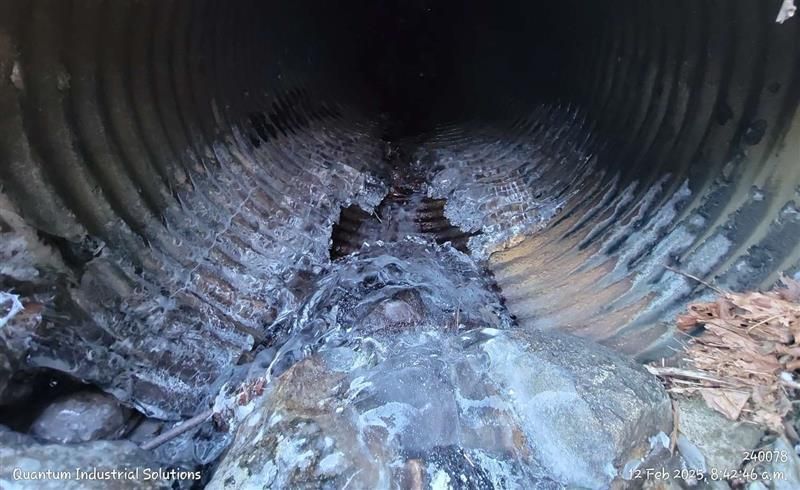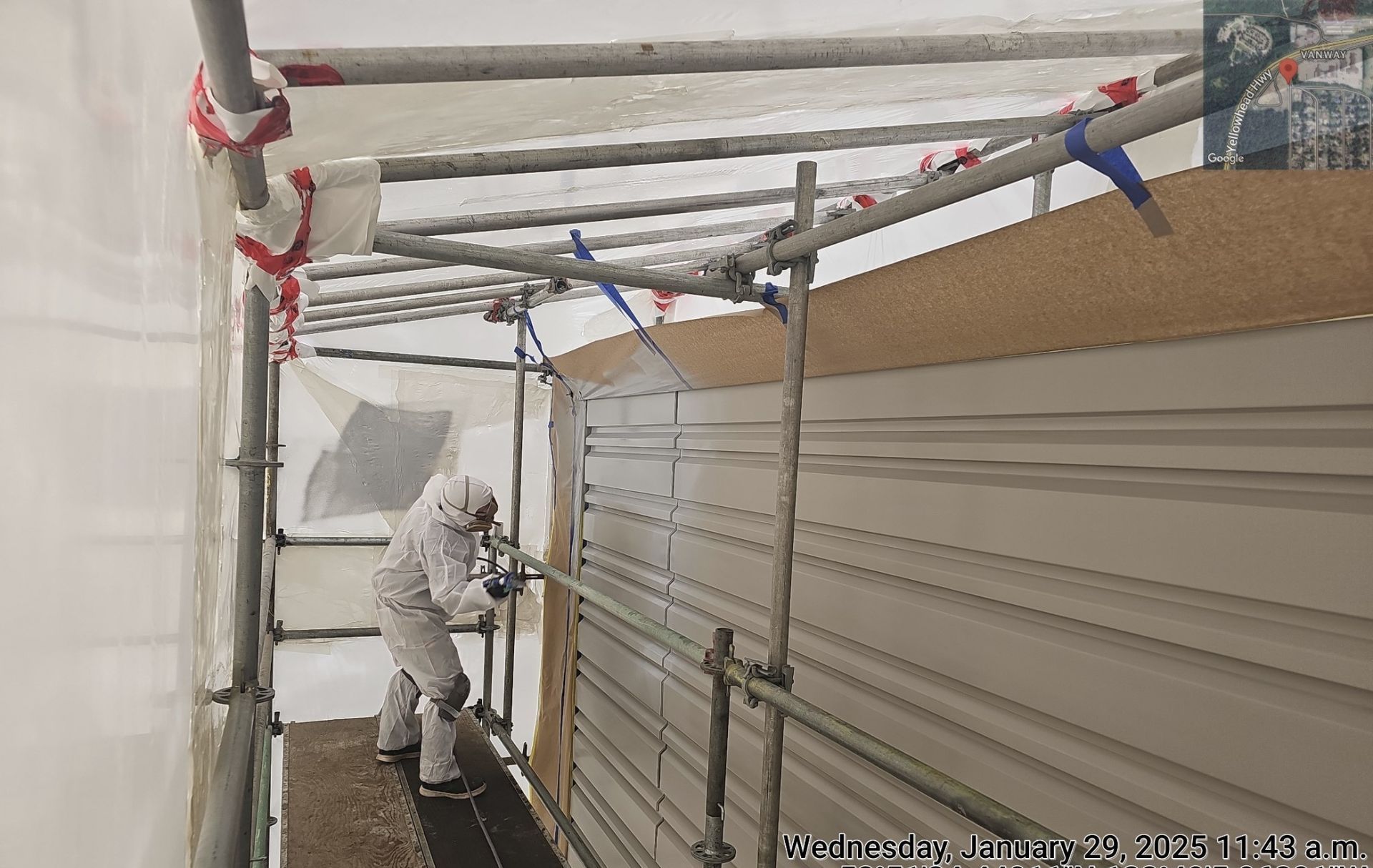How Quality and Safety Standards Elevate Infrastructure Projects
How Quality and Safety Standards Elevate Infrastructure Projects
How Quality and Safety Standards Elevate Infrastructure Projects
Infrastructure projects, from bridges to water systems, are critical to the functioning of society.
The success of these projects hinges on adherence to rigorous quality and safety standards.
These standards ensure not only the longevity and reliability of infrastructure but also the safety of workers, users, and the environment.
Why Quality and Safety Standards Matter
- Protecting Public Safety Infrastructure failures can have catastrophic consequences, including loss of life, property damage, and environmental harm. Standards help mitigate risks by setting clear guidelines for design, construction, and maintenance.
- Ensuring Durability Adhering to quality standards ensures that infrastructure can withstand environmental stresses, usage demands, and aging, reducing the need for frequent repairs or replacements.
- Boosting Economic Efficiency Projects built to high standards are less likely to experience costly delays, overruns, or failures. This enhances economic efficiency and ensures better allocation of public and private resources.
- Building Public Trust Compliance with safety and quality standards fosters confidence among stakeholders, including governments, communities, and investors.
Key Quality and Safety Standards in Infrastructure
- ISO Standards The International Organization for Standardization (ISO) provides globally recognized standards for various aspects of infrastructure, such as quality management (ISO 9001), environmental management (ISO 14001), and risk management (ISO 31000).
- OSHA Regulations The Occupational Safety and Health Administration (OSHA) establishes safety guidelines to protect workers on construction sites, covering areas like fall protection, equipment safety, and hazardous material handling.
- Building Codes and Specifications Local and national building codes set minimum requirements for materials, design, and construction practices, ensuring structural integrity and safety.
- Industry-Specific Standards Different sectors have tailored standards. For example, the American Association of State Highway and Transportation Officials (AASHTO) sets guidelines for transportation infrastructure, while the American Water Works Association (AWWA) focuses on water systems.
- Benefits of Adhering to Quality and Safety Standards
- Enhanced Project Outcomes Standards provide a benchmark for excellence, ensuring that projects meet their intended goals without compromising safety or functionality.
- Reduced Risk of Failures Stringent testing, inspections, and compliance measures minimize the likelihood of structural failures or safety incidents.
- Improved Worker Safety Safety standards protect construction workers from common hazards, reducing injuries, illnesses, and fatalities on job sites.
- Sustainability Many modern standards incorporate environmental considerations, promoting the use of sustainable materials and practices.
Case Studies Highlighting the Importance of Standards
- Boston’s Big Dig This massive urban infrastructure project faced significant challenges due to lapses in quality control and safety compliance. Cost overruns and structural issues highlighted the importance of rigorous adherence to standards.
- Millennium Bridge, London The initial design of the Millennium Bridge resulted in excessive swaying, requiring retrofitting to meet safety standards. This example underscores the need for thorough testing and compliance during the design phase.
- California High-Speed Rail The project’s strict adherence to environmental and safety standards has set a benchmark for sustainable and safe transportation infrastructure.
- Challenges in Implementing Quality and Safety Standards
- Cost Concerns Meeting stringent standards can increase initial project costs, deterring some stakeholders from full compliance.
- Complexity of Regulations Navigating overlapping local, national, and international standards can be challenging, especially for large-scale projects.
- Lack of Skilled Workforce Proper implementation of standards requires trained professionals who understand and can apply them effectively.
- Resistance to Change Established practices may conflict with newer standards, leading to resistance from contractors or stakeholders.
Best Practices for Compliance
- Early Integration of Standards Incorporate quality and safety standards during the planning and design phases to avoid costly adjustments later.
- Regular Training Equip workers and project managers with up-to-date knowledge of applicable standards and best practices.
- Third-Party Audits Independent inspections and audits ensure unbiased assessments of compliance and identify potential areas for improvement.
- Leveraging Technology Use digital tools like Building Information Modeling (BIM) and project management software to streamline compliance with quality and safety requirements.
- The Future of Quality and Safety in Infrastructure
- Emerging technologies and innovations are set to elevate quality and safety standards further:
- Smart Materials Materials that monitor their own performance, such as self-healing concrete, will enhance durability and reduce maintenance needs.
- AI-Driven Inspections Artificial intelligence can analyze vast amounts of data from sensors and drones, identifying potential risks and ensuring compliance in real time.
- Sustainability Metrics Future standards will increasingly focus on metrics that quantify environmental impact, promoting green infrastructure practices.
- Global Harmonization of Standards Efforts to align international standards will simplify compliance for multinational projects, fostering collaboration and innovation.
Quality and safety standards are foundational to the success of infrastructure projects.
By prioritizing these standards, stakeholders can ensure the longevity, functionality, and safety of their investments while fostering public trust and sustainability.
As technology and awareness advance, the role of standards in shaping resilient and efficient infrastructure will only grow, paving the way for a safer and more sustainable future.

